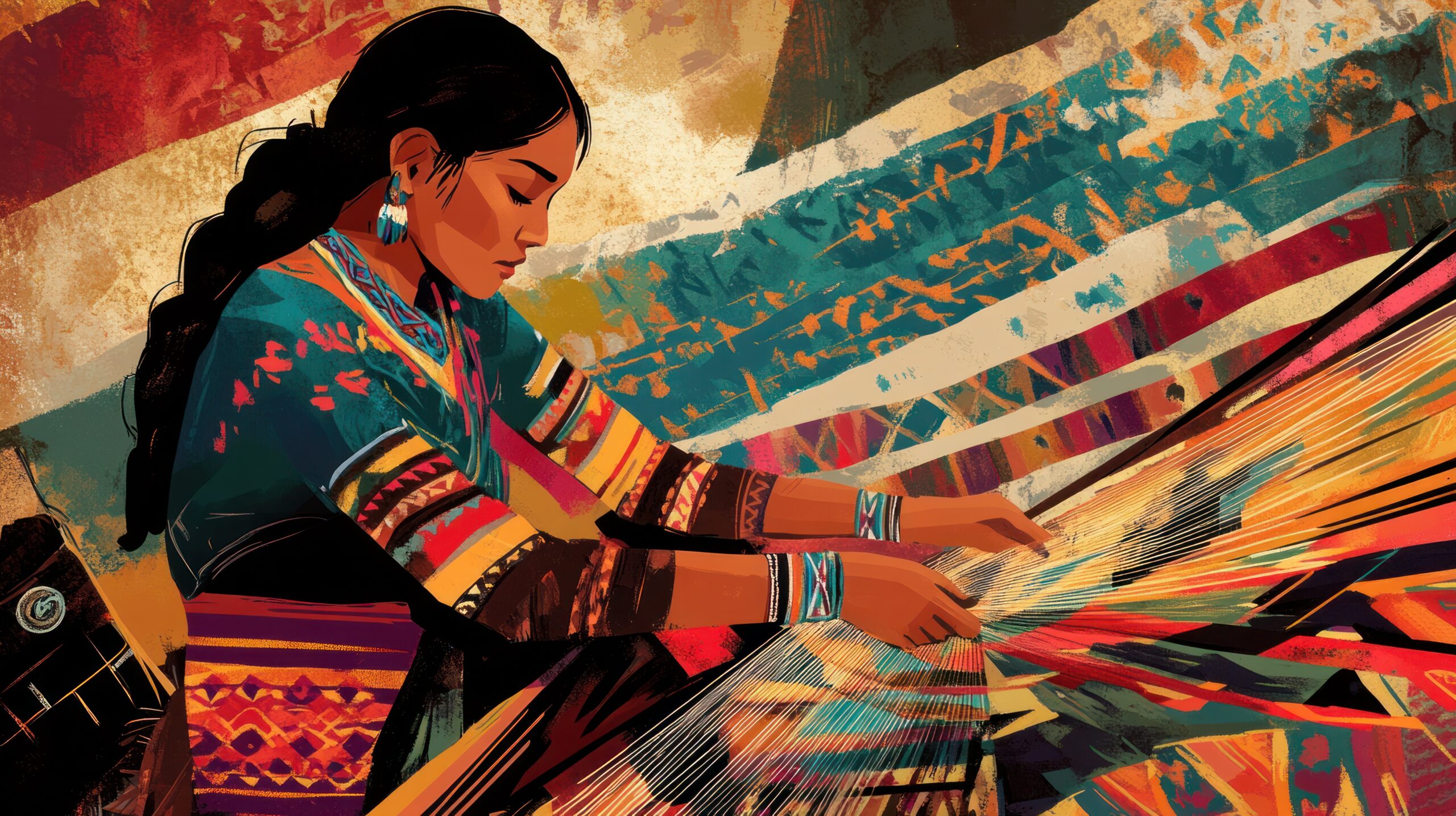The Intersection of Art and Culture
Art is never created in isolation. It is deeply influenced by the world around us, shaped by our personal histories, cultural backgrounds, and the places we explore. As an artist, I’ve found that my work is a reflection of both where I come from and where I’ve been. The textures, colors, and themes in my paintings have evolved over time, influenced by my heritage and the experiences I’ve gathered while traveling.
Every brushstroke carries a story, a blend of past and present. Through art, we have the ability to celebrate cultural traditions while also pushing boundaries and embracing new perspectives. In this blog, I want to explore how culture and travel impact artistic style and why these influences are essential to creative growth.
Heritage as an Artistic Foundation
For many artists, their cultural heritage is the foundation of their work. Whether it’s through the use of traditional techniques, patterns, or storytelling elements, heritage provides a deep well of inspiration. My own artistic journey has been shaped by the landscapes and traditions of my upbringing, and I often find myself incorporating elements that remind me of home.
Cultural influence isn’t just about aesthetics; it’s about identity. Artists throughout history have drawn inspiration from their roots, using their work to preserve and honor their heritage. For example, Frida Kahlo’s paintings are inseparable from her Mexican identity, rich with folkloric elements, bold colors, and personal symbolism. Similarly, Gustav Klimt’s golden patterns were heavily inspired by his Austrian background and the Byzantine mosaics he admired.
For me, my surroundings growing up played a vital role in how I see and interpret the world. The landscapes, the way light filters through trees, the textures of rural life—all of these elements make their way into my work, whether intentionally or not. This connection to home grounds my art and provides a sense of continuity, even as my style evolves.
The Transformative Power of Travel
While heritage provides a strong foundation, travel allows artists to expand their visual language, introducing them to new techniques, traditions, and ways of seeing. Whenever I visit a new place, I find myself drawn to the artistic expressions unique to that region—whether it’s the intricate tile work in Morocco, the minimalist elegance of Japanese ink painting, or the vibrant street art of Latin America.
Traveling exposes artists to new color palettes, compositions, and textures that they may never have encountered otherwise. When I travel, I take in the details: the patterns in architecture, the way local artisans use materials, the rhythm of life in a different culture. These experiences broaden my artistic vocabulary and often influence the way I approach my work when I return to the studio.
Embracing Cultural Fusion in Art
One of the most exciting aspects of being an artist in today’s world is the ability to blend influences. We are no longer confined to a single tradition or style; instead, we can create work that is a fusion of cultures, bridging gaps and telling stories that transcend borders.
In my own paintings, I love experimenting with techniques inspired by different artistic traditions. I might use a layering method I observed in European oil paintings while incorporating the earthy tones and textures reminiscent of indigenous art forms. These combinations create something fresh yet rooted in history.
Artists like Pablo Picasso and Henri Matisse famously absorbed influences from African and Asian art, reshaping modern painting in the process. Today, many contemporary artists continue this dialogue, drawing inspiration from different cultures while adding their own unique perspective.
Respecting Cultural Influence
While cultural exchange is a natural part of artistic evolution, it’s important to approach it with respect and understanding. Taking inspiration from another culture should come from a place of appreciation, not appropriation. Learning about the history and significance of artistic traditions helps us honor them rather than simply borrowing aesthetics without context.
Whenever I find myself deeply inspired by a particular cultural style, I take the time to learn about its origins, the artists behind it, and the meaning behind the work. This practice not only deepens my appreciation but also ensures that my interpretations are informed and respectful.
Finding Your Unique Voice
With so many cultural influences available, it can be easy to feel overwhelmed. The key is to take inspiration without losing your own voice. Heritage and travel shape us, but they don’t define us entirely. The beauty of being an artist is the ability to synthesize these influences into something that is uniquely our own.
For me, painting is a continuous journey of discovery. The more I learn, the more my work evolves. Some days, I feel deeply connected to my roots and let that guide my brushstrokes. Other times, I find myself pulling from memories of a trip, the colors and shapes still fresh in my mind. No matter where the inspiration comes from, the goal is always to create something meaningful—something that tells a story worth sharing.
Final Thoughts: Art as a Global Language
Art is one of the most universal forms of communication. It allows us to share our heritage, our experiences, and our perspectives with people across the world. Through artistic exploration, we can celebrate differences while also finding common ground.
As artists, we are constantly influenced by the world around us—by our ancestors, by the places we visit, and by the cultures we encounter. By embracing these influences while staying true to our artistic voice, we create work that is rich, layered, and deeply personal. Art is not just about what we see; it’s about how we interpret the world and how we choose to share that vision with others.
So whether you’re painting in your hometown, traveling across the globe, or simply exploring new artistic traditions from your studio, remember that every brushstroke carries a story. The beauty of art lies in its ability to connect us—to our past, to each other, and to the endless creative possibilities that the world has to offer.
